yoga therapy for the individual
In recommending Yoga practices, teachers should always consider an individual's particular circumstances. Just as other activities and practices change in one's life, such as aging, so too Yoga practices need to be adapted as the practitioner changes.
Tirumalai Krishnamacharya
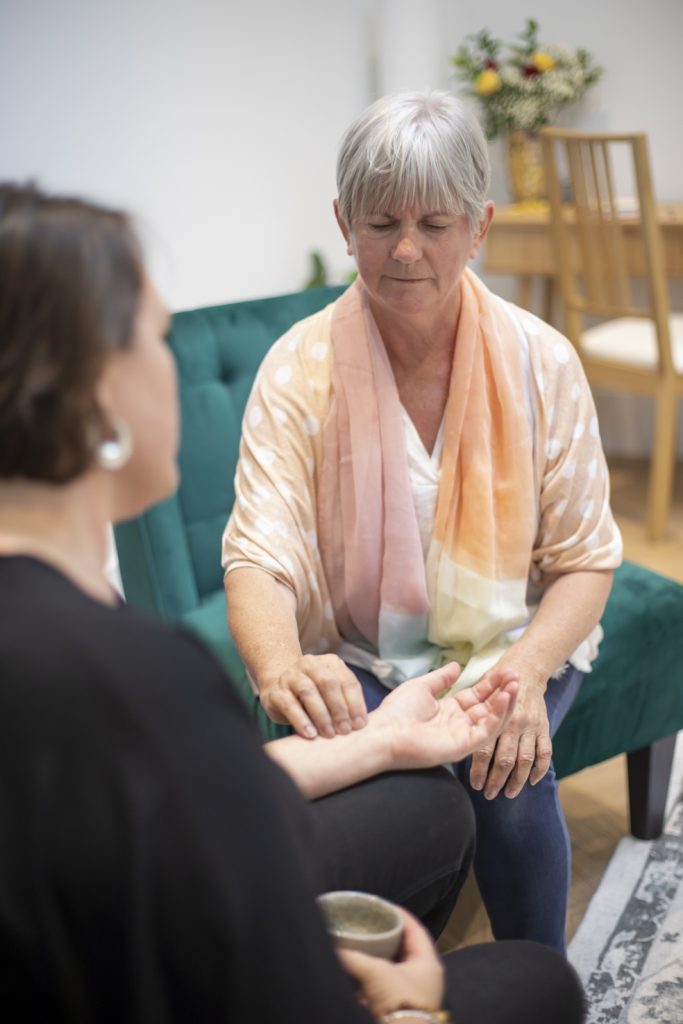
An individual approach
Yoga therapy is an integrative approach to health and well-being specific to the individual and delivered through the age old tradition of student – teacher relationship.
Within this holistic framework the Therapist considers all aspects of a person using the foundations of yoga philosophy to assess mind, body, breath and spirit to map a way forward for the student.
Working therapeutically we apply of the principles of Yoga such as postures, focused breathing, meditation, visualisation, intention setting and so much more. We work together with purpose, adapting these tools to suit the current and changing needs of a student.
The aim is to improve a students relationship with their own mental and physical health.
creating a catalyst for change
We begin at your own unique starting place and work together in a step by step approach to progress towards your goal of health and wellness.
In Yoga Therapy it is important for you, the student, to be an active participant in this process.
At the completion of each session you will receive a personalised, written home practice to assist you and when appropriate you may receive accompanying simple lifestyle recommendations for your consideration and implementation.
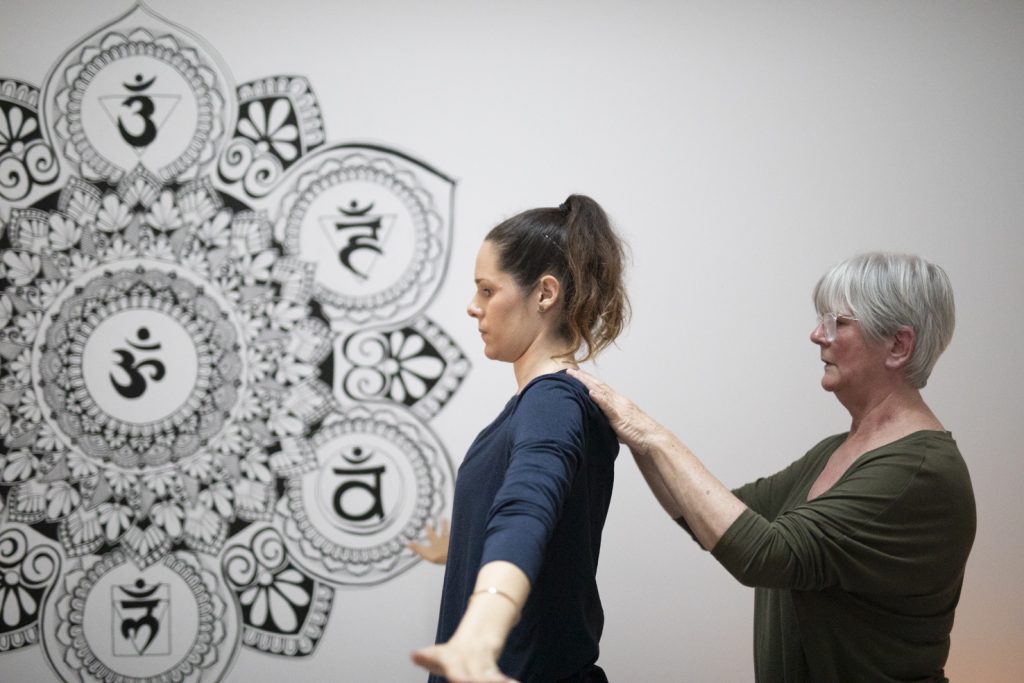
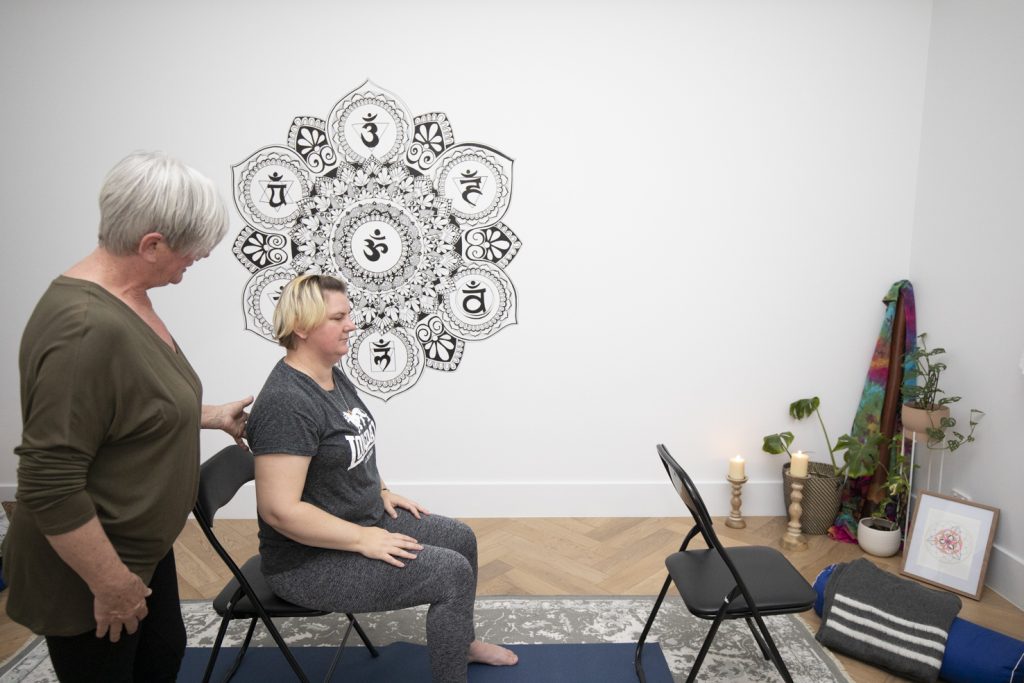
Yoga Therapy
Yoga Therapy may be undertaken as an independent therapy or used as an adjunct that compliments other healing modalities and the professional allied health practices of the Western model of medicine.
Research is beginning to highlight the benefits of an appropriately delivered practice of yoga for reducing the symptoms of specific conditions such as arthritis and pain, anxiety and/or depression, low back pain, poor sleep patterns and when used intelligently & with care the ability to reduce the effects of trauma.
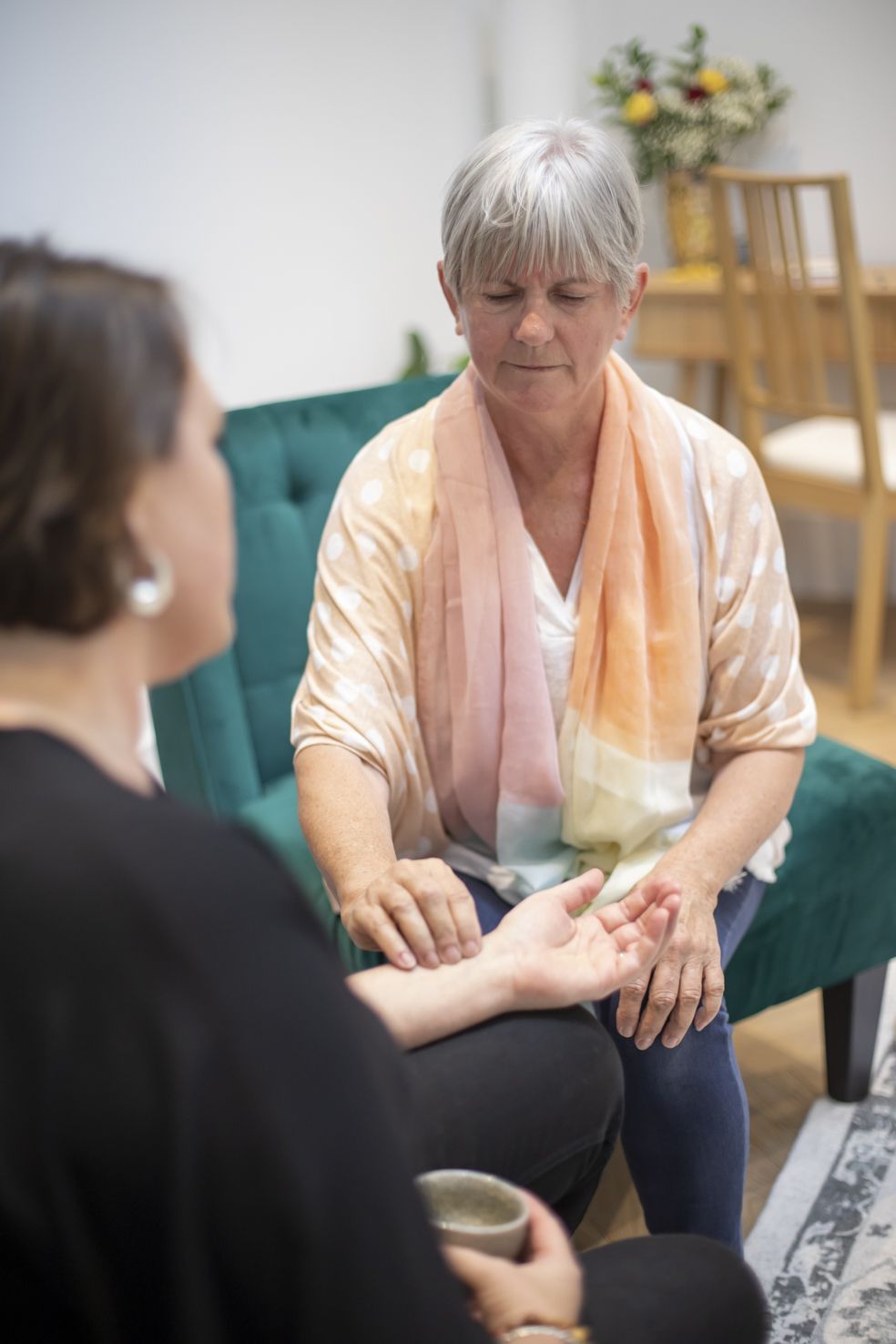
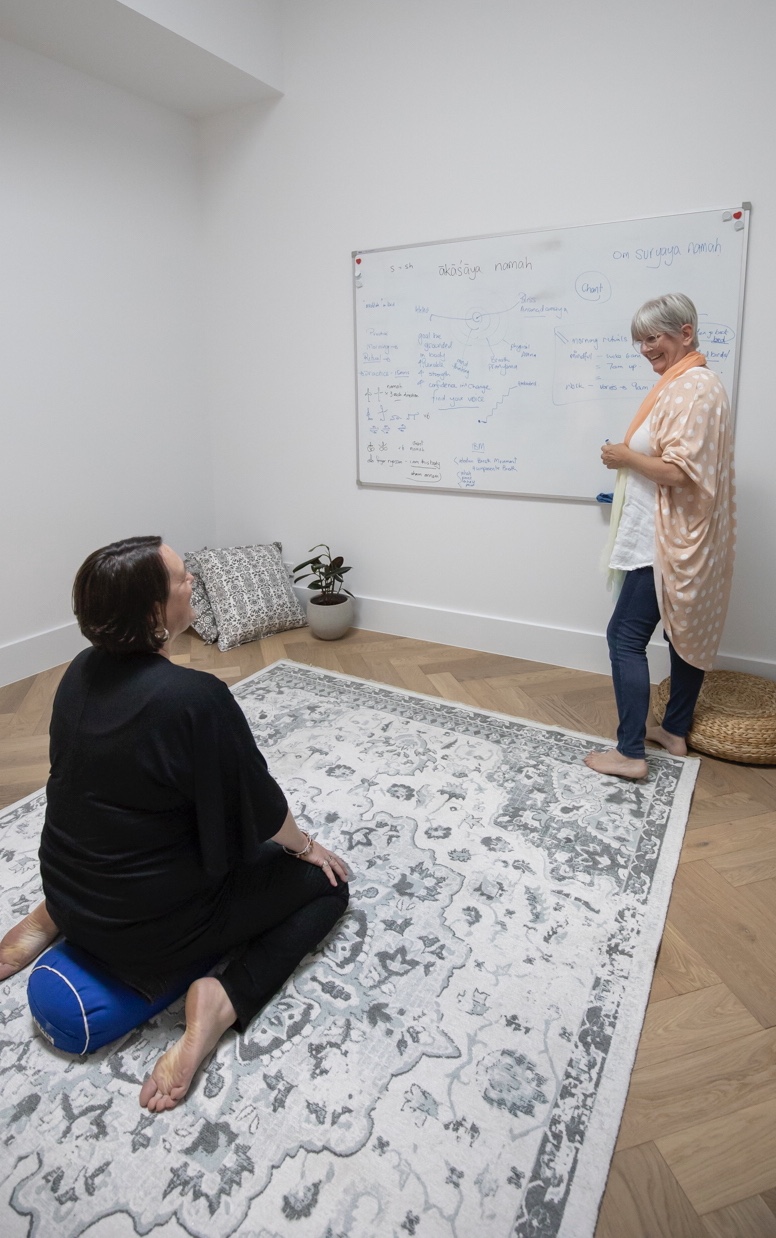
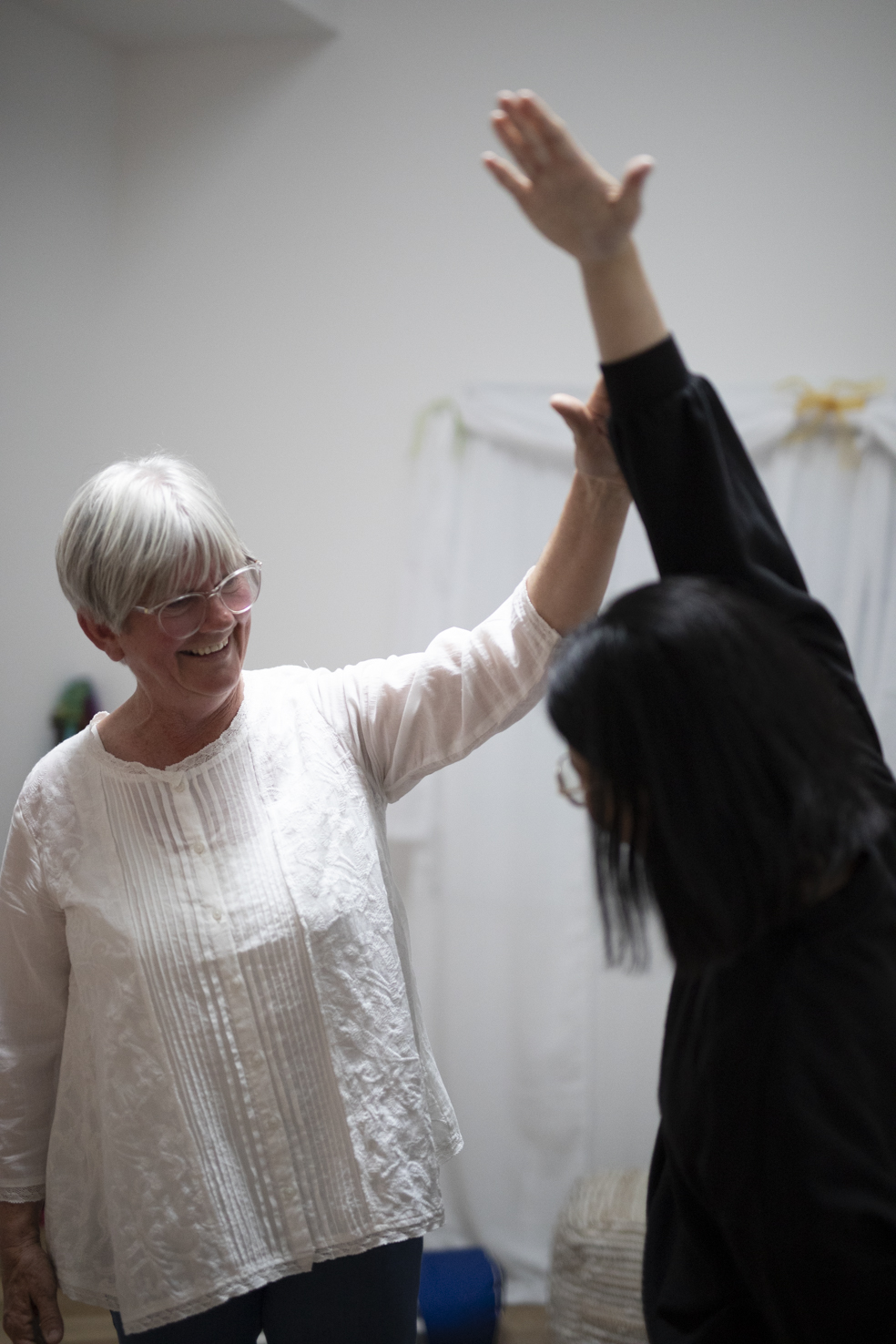
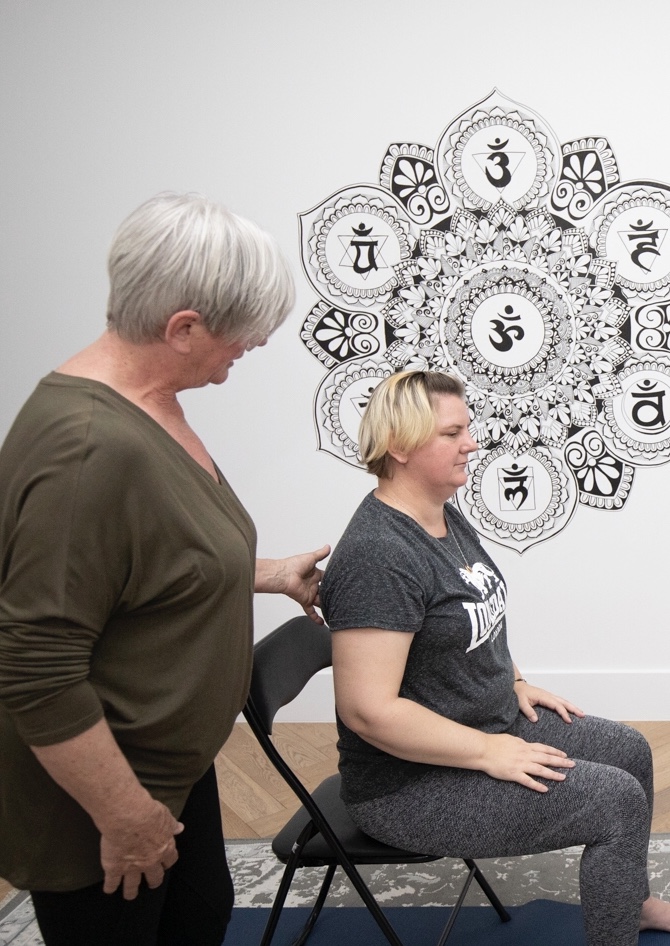
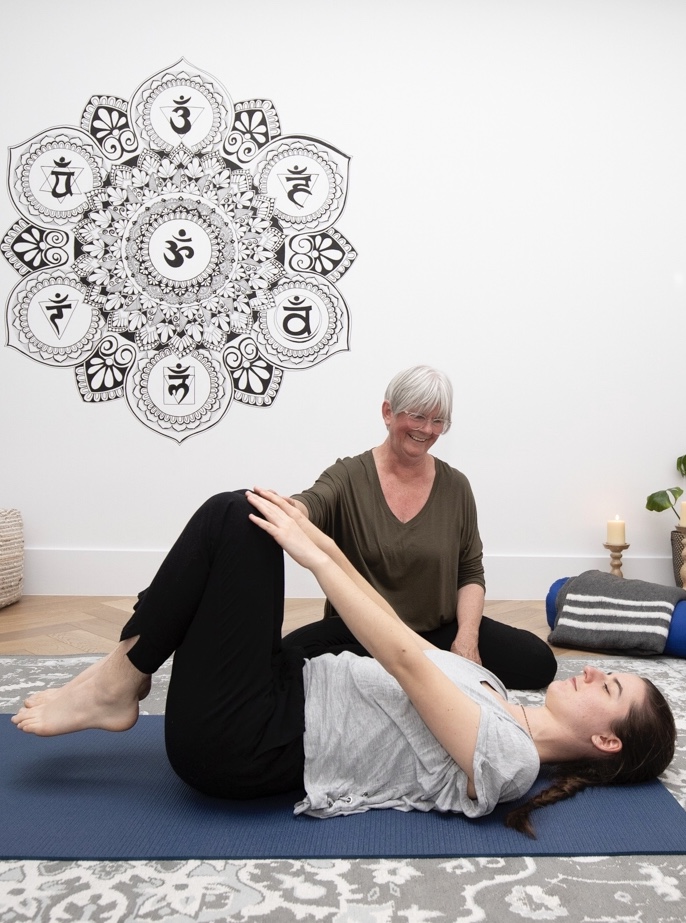
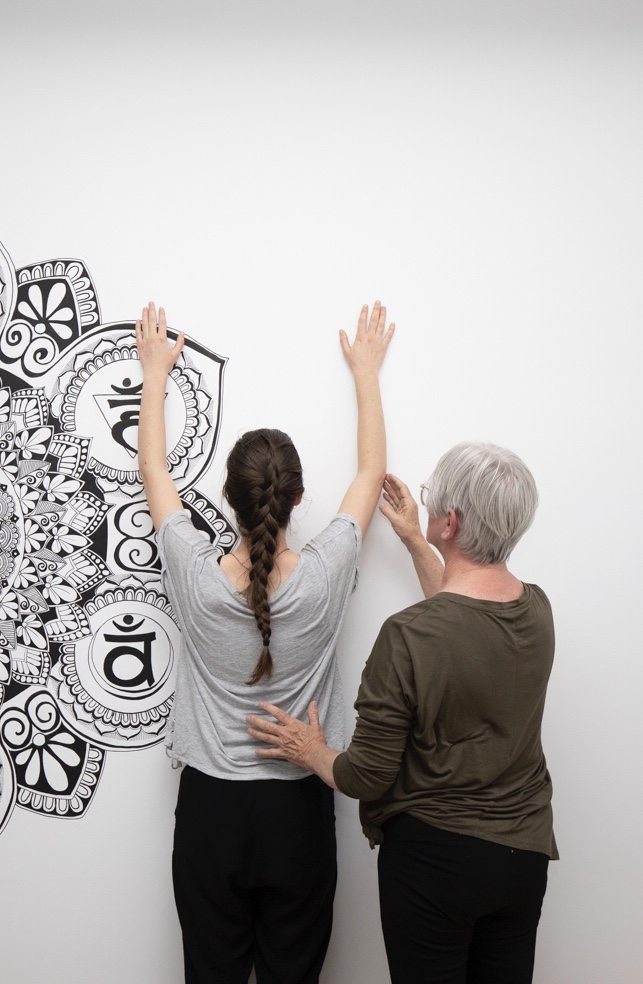
Frequently Asked Questions
What Is Yoga Therapy
the individual yoga therapy process
what can i expect?
An Initial Yoga Therapy consultation involves a series of three sessions over a 4 week period.
We begin the first session with a variety of assessments that informs a basis of understanding to identifying your goals, needs and capacity. These may be in the form of oral questioning, physical and written assessments and includes such things as past and current medical histories, movement ability and lifestyle routines.
In Yoga Therapy we apply the principles of “Pariksa” which involves assessing the different layers of a person, the physical, the breath, the mind and the emotional layer through the understanding of yoga anatomy. The principles of Ayurveda in pulse taking and constitutional assessment may also be applied. After the assessment process we begin to work with the tools of yoga, that may be modified to produce a therapeutic effect. Through this process we design an appropriate home practice to assist in the reduction of your symptoms.
Each subsequent session in this group of three allows for discussion and feedback regarding your practice informing the way forward.
At each subsequent session there is time for reflection and discussion about how your practice is progressing and from the feedback received the practice is adjusted to reflect your current needs.
The aim of these ongoing session is to build resilience which overtime allows you as the student to be able to manage your own health and wellness.
Sessions are rescheduled according to your goals and changing needs.
Yoga Therapy is not as much about practicing yoga in a way that we seem to know it in the West. It is about using the tools of yoga as an intervention to reduce the symptoms of discomfort. In the process we learn to identify our unconscious patterns that possibly hold us to our suffering and begin a process of change that is more sustainable and empowering.
There are no prescriptive sequences, no specific asana-s that fixes a specific problem, or specific breathing techniques to use for a health condition.. There is no one size fits all. Each student is individually assessed and given a practice to take home that is designed for them and one that evolves over time as your needs change.
When we bring the tools that underlie the principles of Yoga into the craft of Yoga Therapy there is a question that comes to mind; “How do we, as Therapists, bring any given tool to the individual and make it accessible for them to be able receive it’s benefits?” This is able to happen when we consider the function of a tool in preference to its traditional form.
When taught in this way of modifying a tool for a specific effect we begin to realise we do not need to be a practicing yoga student or young and flexible to receive the benefits of Yoga.
‘If anybody can breathe, they can do Yoga”
T Krishnamacharya
Tools that may be included in any practice vary and may include one or more of the following: asana (posture & movement), pranayama (breath work), voice (chant, recitation or sound), bhavana (feeling/themes), sankalpa (resolve/intention setting), gesture, meditation/visualisation and more…
The needs and capacity of a student is the determinant of which aspects of practice are introduced at any given time.
we start our practice where we are and look towards a certain goal. then we choose the steps that will lead us towards realising that goal and will gradually bring us back to everyday life, but our daily practice does not return us to the exact same place we started. the practice has changed us.
TKV Desikachar
